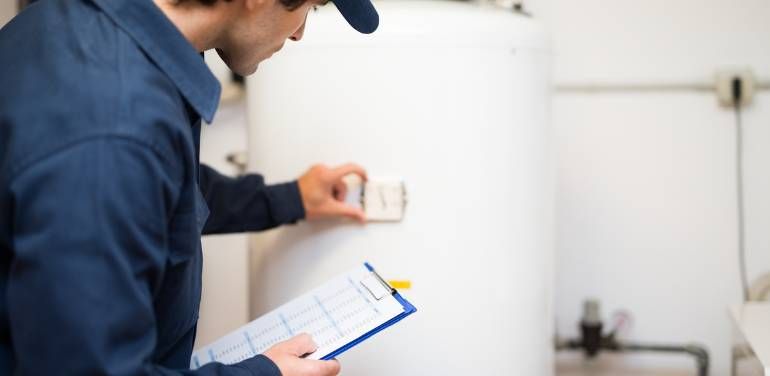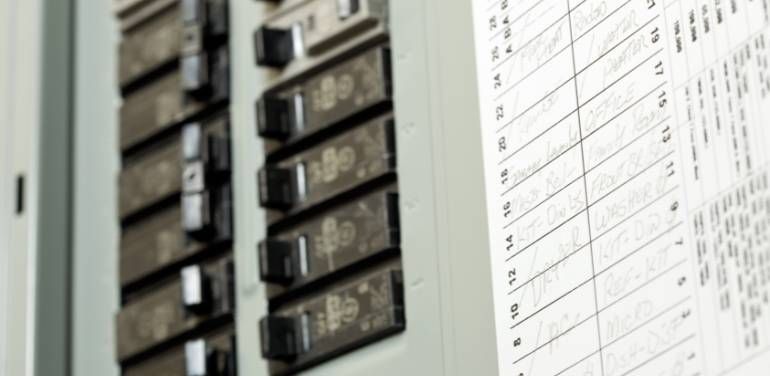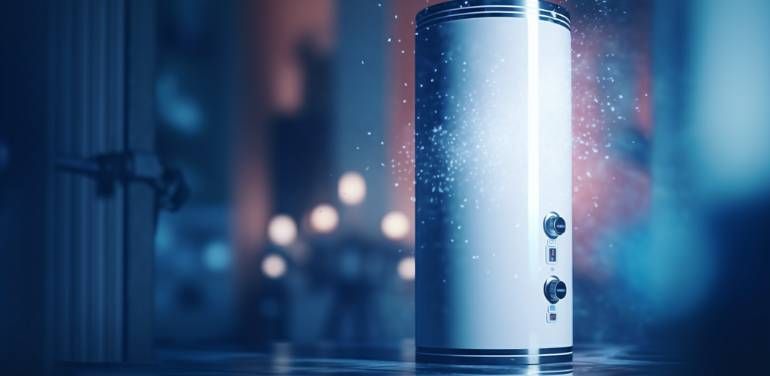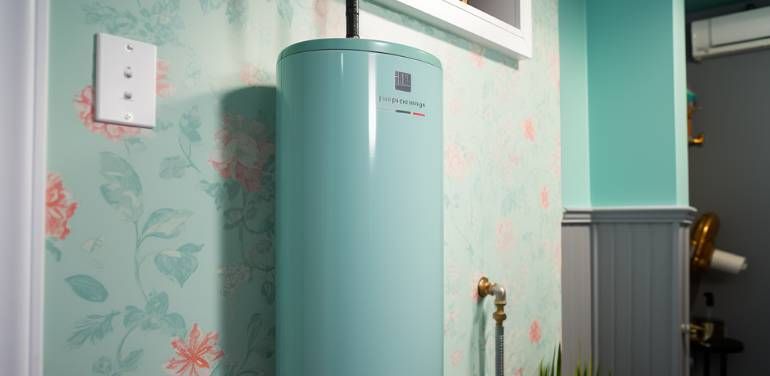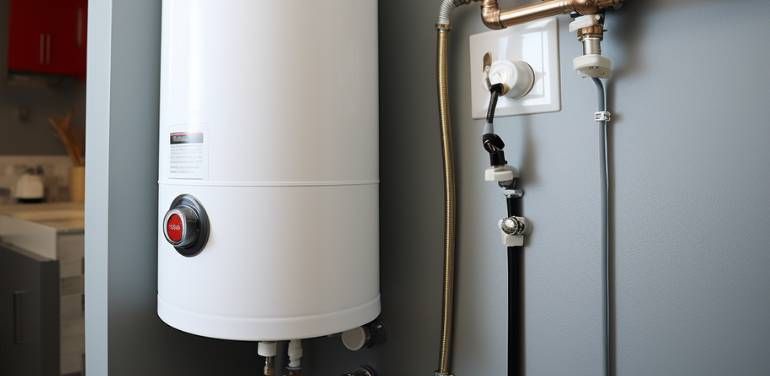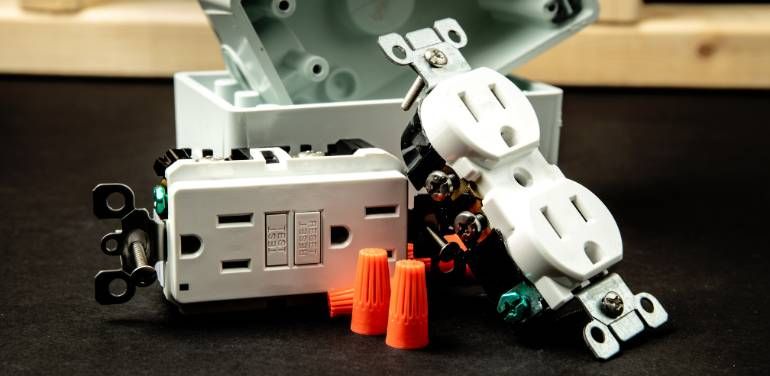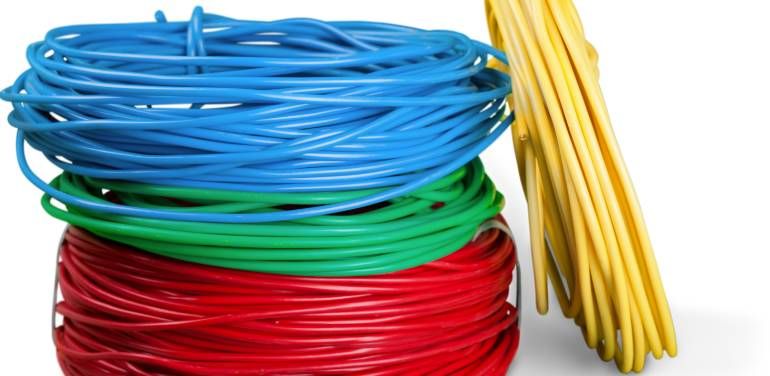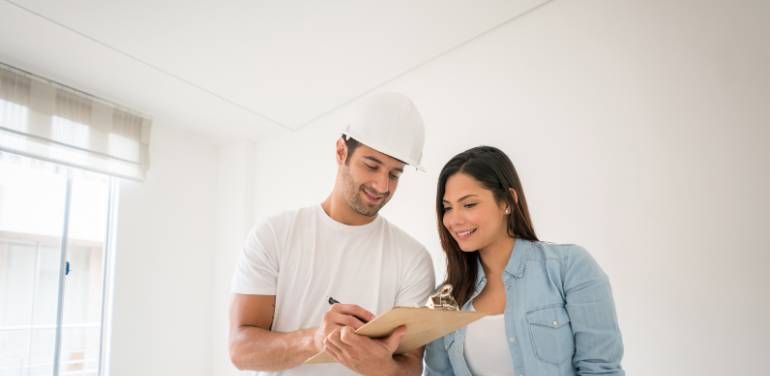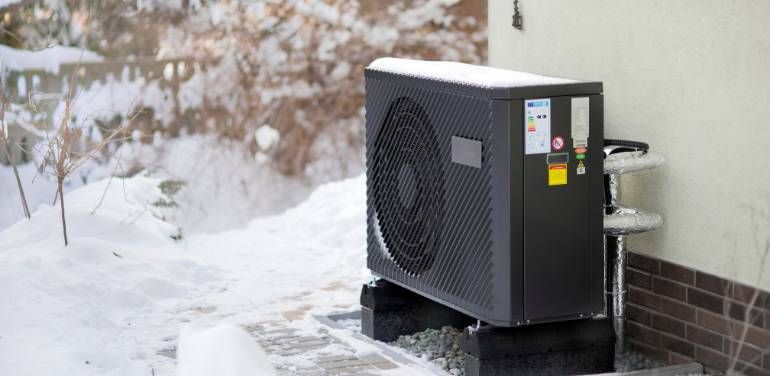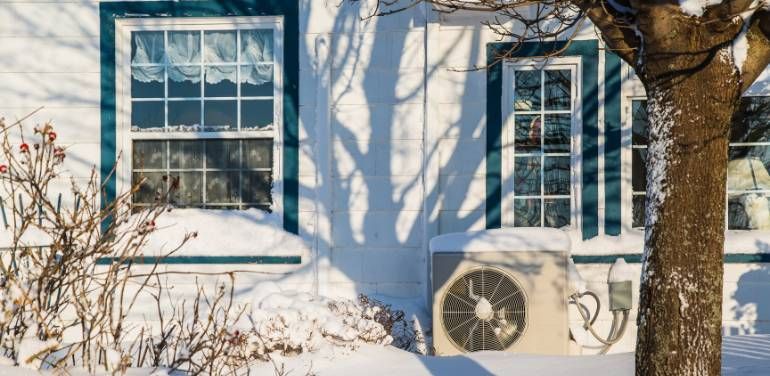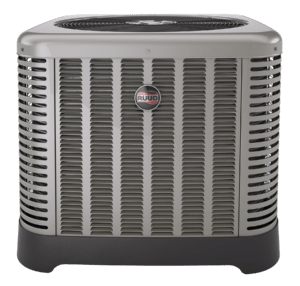What does a replacement water heater installation cost?
What does a replacement water heater installation cost?
New hot water heater installation costs range from as low as $550 to $10,000 or more. Most standard electric and gas water heater units cost $400 to $1,600. Tankless water heaters cost two to three times more than standard tank heaters.
All types use either gas (natural or propane) or electricity, and installation costs vary significantly.
The average water heater cost with installation is…
- Tank $900 (40- to 50-gallon tank)
- Tankless: $3,000 (40 to 50 gallon tank)
